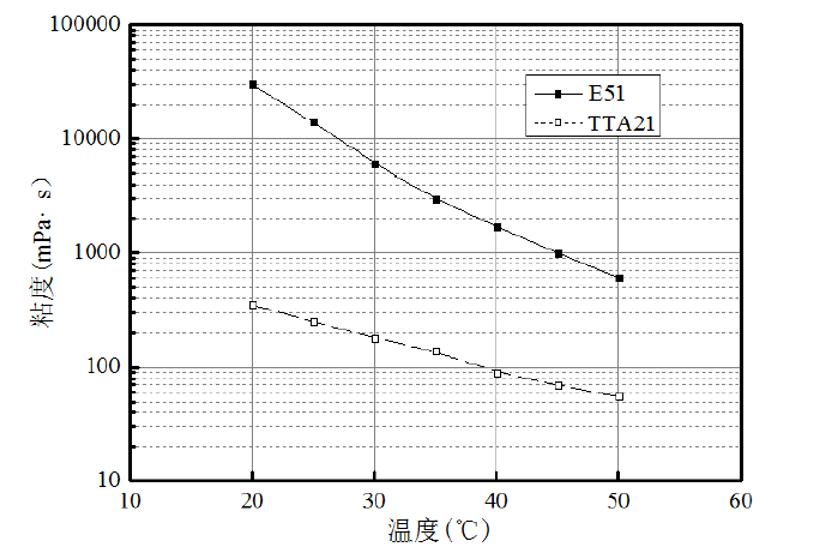LED (Light Emitting Diode) devices have the advantages of high efficiency, low power consumption and high durability, and are widely used in applications such as large-size displays, traffic signals and lighting. Along with the rapid development of LED application technology, the performance requirements for LED encapsulation materials are getting higher and higher.
Thermosetting epoxy resin and specialty epoxy resins has good mechanical properties, low shrinkage of curing volume, excellent adhesion to substrate, and strong controllability of operation process. It is one of the important packaging systems of LED at present. Among them, cycloaliphatic epoxy resins, especially 3,4-epoxycyclohexyl-3,4-epoxycyclohexyl ester (TTA21), are widely used in LED and optical device encapsulants because of their excellent processability, high Tg point and good weather resistance.
It should be noted that the curing crosslinking strength of cycloaliphatic epoxy resins is very high, and it is easy to make the cured products crack due to too strong internal stress, thus limiting the performance of the products (in the encapsulation process, moisture absorption and mechanical stress are the two main factors affecting the reliability of the products, where the mechanical stress is caused by the curing stress and cooling stress due to the mismatch of the coefficient of thermal expansion (CTE)). Usually in the practical application, it will be paired with bisphenol A epoxy resin (or hydrogenated bisphenol A epoxy resin) to adjust the systematic toughness. This paper makes a brief analysis for reference on the comparison of the basic characteristics when the resin is paired.
Resin structure:

Left: bisphenol A epoxy resin, right: cycloaliphatic epoxy resin
Performance comparison:
Bisphenol A epoxy resin: good toughness of cured products, good reactivity with amines.
Cycloaliphatic epoxy resins: low viscosity, no chloride ion, excellent electrical properties, high transparency of cured products, high reactivity with cations.

As can be seen from the graph, the viscosity of both resins will decrease as the temperature rises. The viscosity of bisphenol A epoxy itself is larger, so the corresponding viscosity change is larger, which is a factor to be considered in the formulation design.

It can be seen from the figure that when E51 and EP-4080 are mixed with appropriate amount of TTA21 3 4 epoxycyclohexylmethyl 3 4 epoxycyclohexanecarboxylate, the viscosity of both of them will drop significantly, and TTA21 can play the role of diluent of high heat-resistant epoxy resin.
Proportion Ratio Curing conditions
Epoxy resin 100 Initial curing: 110℃, 2 hours
Ethylene glycol 1 Post-curing: 180℃, 2 hours
MH-700/epoxy equivalent 0.6~0.9 -
Catalyst 0.5 -

It is obvious that the heat resistance of cycloaliphatic epoxy resin is better under the same conditions, and the bisphenol A epoxy resin has better performance in terms of water absorption and bending strength.
The transparency and heat resistance of cycloaliphatic epoxy are better, which is suitable for high requirement of application of LED epoxy encapsulation adhesive, which is in line with the market performance.